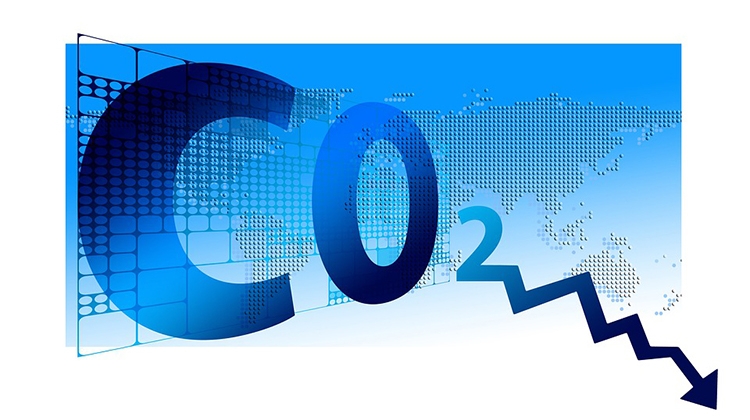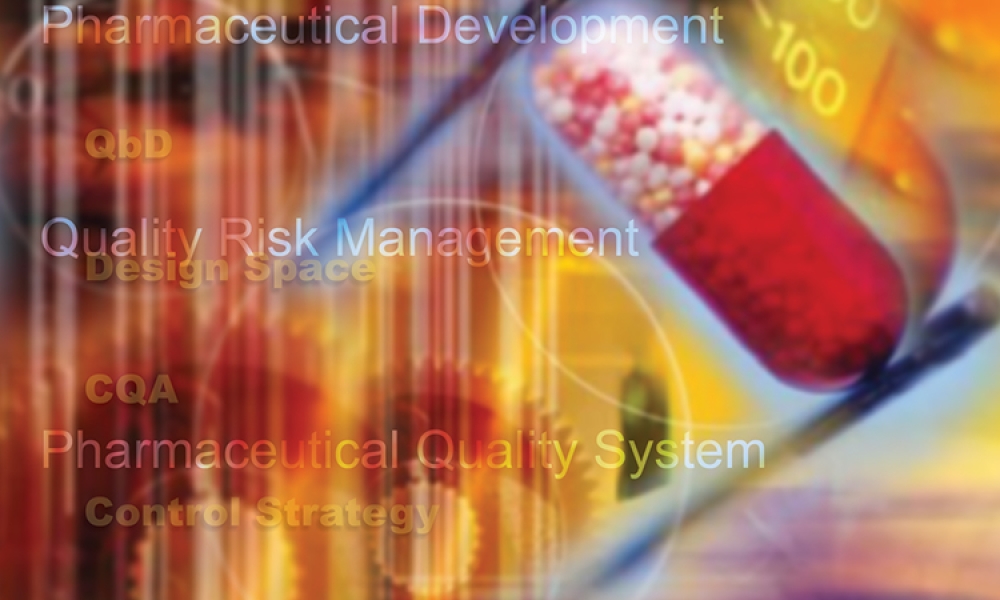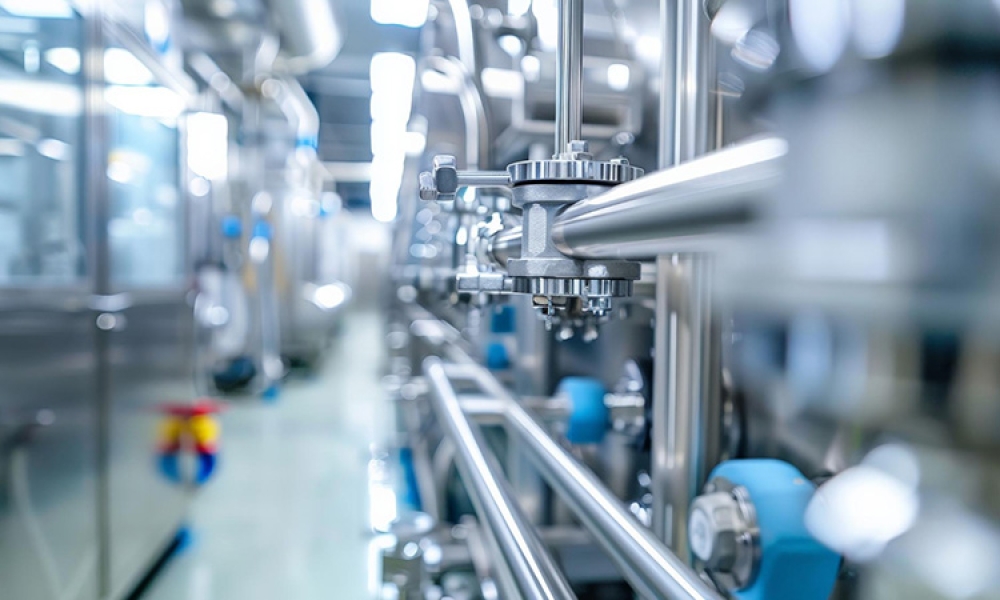LEED awards points based on several factors in the design of the building, including:
- Location and transportation
- Materials and resources
- Water efficiency
- Energy and atmosphere
- Sustainable sites
- Indoor environmental quality
There are four LEED levels: Certified, Silver, Gold, and the highest level, Platinum. Facilities that achieve these standards are more energy-efficient and usually have lower operating and maintenance costs. Usually, investments to achieve LEED points, such as solar panels and batteries pay for themselves within the 5-10 years depending on the extent of the investment. Achieving the highest LEED level requires planning and a dedicated design that focuses on sustainability. Previously, it was easier to achieve LEED certifications with new builds. The revised LEED certification criteria for different types of builds such as offices, labs, manufacturing facilities for new builds and renovations increased the possibility of projects to receive LEED certifications. In different jurisdictions, LEED certification was a criterion for building permits, or energy model calculations for an efficient building became part of building codes. This has resulted in many sustainable, smart and LEED-achieving buildings.
As mentioned above, the location of the building does play a role in the LEED certification. Facilities close to public transportation infrastructure or high-priority neighborhoods are advantageous, as does having bike storage and charging stations for electric vehicles. Even the landscaping gets rated, and it helps to have drought-resistant plants and use efficient irrigation systems.
There are easy steps to implement sustainability principles, such as power and water consumptions to buildings. While these aspects of design allow buildings to achieve LEED certifications, they also improve wellbeing of the users and building performances. For example, having more windows and skylights to allow natural light into the facility could reduce the need for artificial light during the day, thus reducing energy consumption. Using LED light bulbs instead of incandescent or fluorescent bulbs throughout the facility will also lower the power bill. Many buildings incorporate solar panels on the roof to power the building and sell excess energy to the grid.
Reducing water usage is a significant component of the LEED standards. It is recommended that all buildings be outfitted with water meters to measure the use of potable water. Recycling and reusing water or collecting rainwater for future use typically requires the construction of a cistern.
Heating and cooling a structure can use significant energy, but there are many possible methods to reduce this. Having insulation and high-efficiency windows can drastically improve a building's envelope, which can reduce heating costs. High-efficiency HVAC (heating, ventilation, air conditioning) systems or geothermal energy systems (where possible) will also reduce consumption and utility bills. An excellent MEP (mechanical, electrical, plumbing) engineer can save time and optimize systems on this type of project.
WELL-ness for building occupants
Many companies recognize how having facilities that promote well-being has a beneficial effect on employee engagement, productivity, and retention. The organization behind the LEED standard also has the WELL building standard, which is based on ten categories that affect people inside a building. They are:
- Air
- Water
- Nourishment
- Light
- Movement
- Thermal comfort
- Sound
- Materials
- Mind
- Community
And like LEED, a WELL building can be rated as Bronze, Silver, Gold, or Platinum.
There is some overlap between what is required for a WELL and LEED-certified facility, like having plenty of natural light, non-potable water rescue, and air ventilation that removes unpleasant odors. But it also includes things like having space to meditate, being accessible to all people, and having a noise management system. However, many of the items needed for a WELL certification require implementation by company management through policies and procedures.
Cost of LEED- and WELL-certified buildings
After learning about some of the LEED and WELL certification requirements, many companies might think that the costs to include those in their facility would be exorbitant. However, that is not the case. In many instances, high-efficiency equipment and materials are not significantly more expensive than standard items. On the plus side, there are lower operating costs for LEED buildings since they use less power and water. Majority of the cases, the investment for a LEED building will pay off within 5-10 years as mentioned above. In addition to this, there are more varieties of equipment, competitive in pricing that are energy efficient, now available for buildings. However, sustainability should be core to the project and planned well in the beginning of the project. Once it is an afterthought, it is more difficult to achieve the required levels. However, once the sustainability strategy is finalized as part of the Basis of Design of a project, it impacts many decisions that the teams can do to improve the sustainability levels, from site selection to space required to place the energy and water related design elements. Being independent from a grid, only improves the performance of the buildings and manufacturing process.
The future of LEED buildings
Many municipalities and other jurisdictions have enhanced their building codes and require new structures to be at least LEED Silver to get approval and building permits. Some governments offer incentives like tax credits or deductions to improve the efficiencies of existing structures, which helps to lower the overall cost of a renovation. Regardless of what a life sciences company decides to do, building new or revamping an existing facility, planning to reduce consumption and waste will have lasting benefits. Not only will their operating costs be lower, but they could improve the company's reputation with consumers, investors, and regulators.
NOTE: iSpeak Blog posts provide an opportunity for the dissemination of ideas and opinions on topics impacting the pharmaceutical industry. Ideas and opinions expressed in iSpeak Blog posts are those of the author(s) and publication thereof does not imply endorsement by ISPE.




